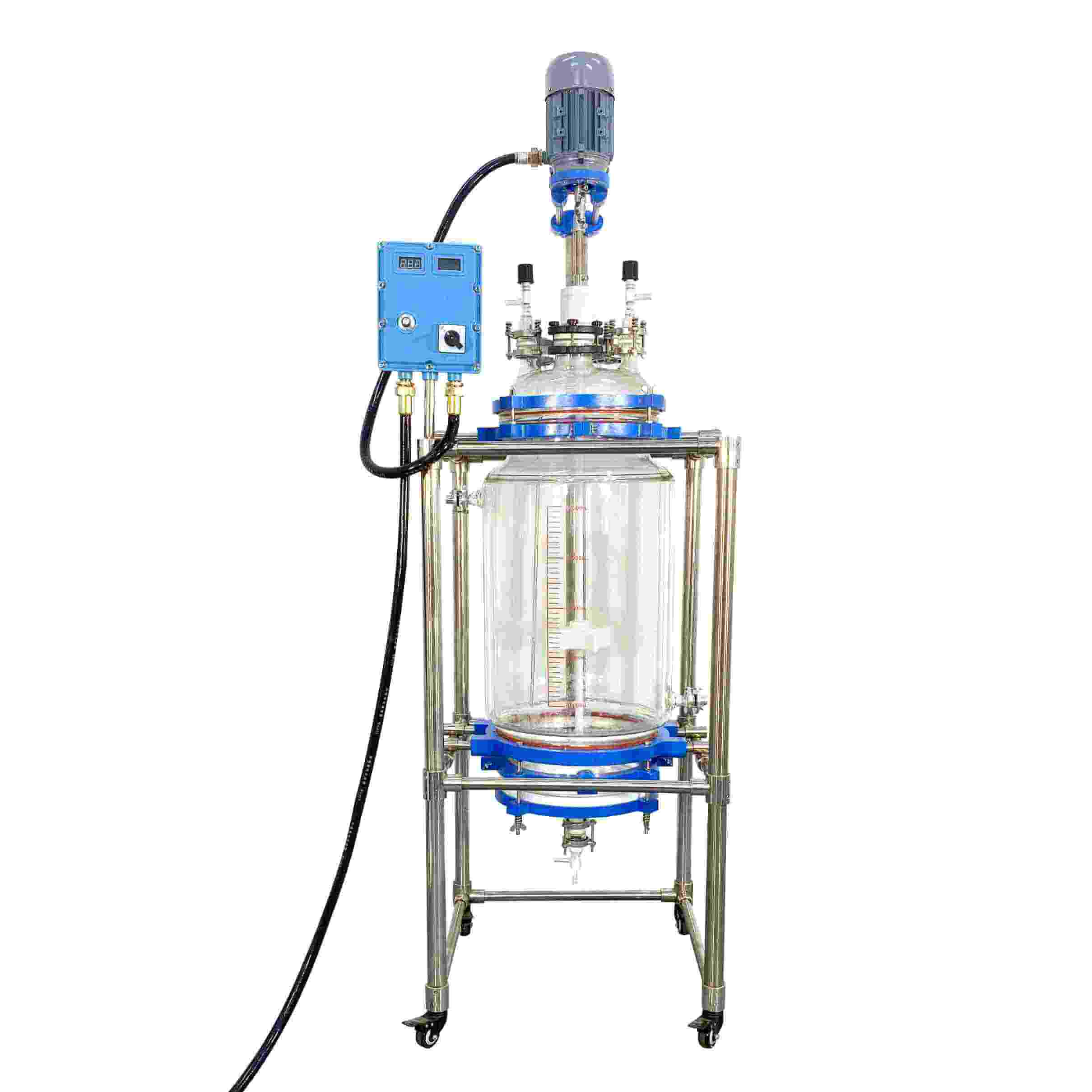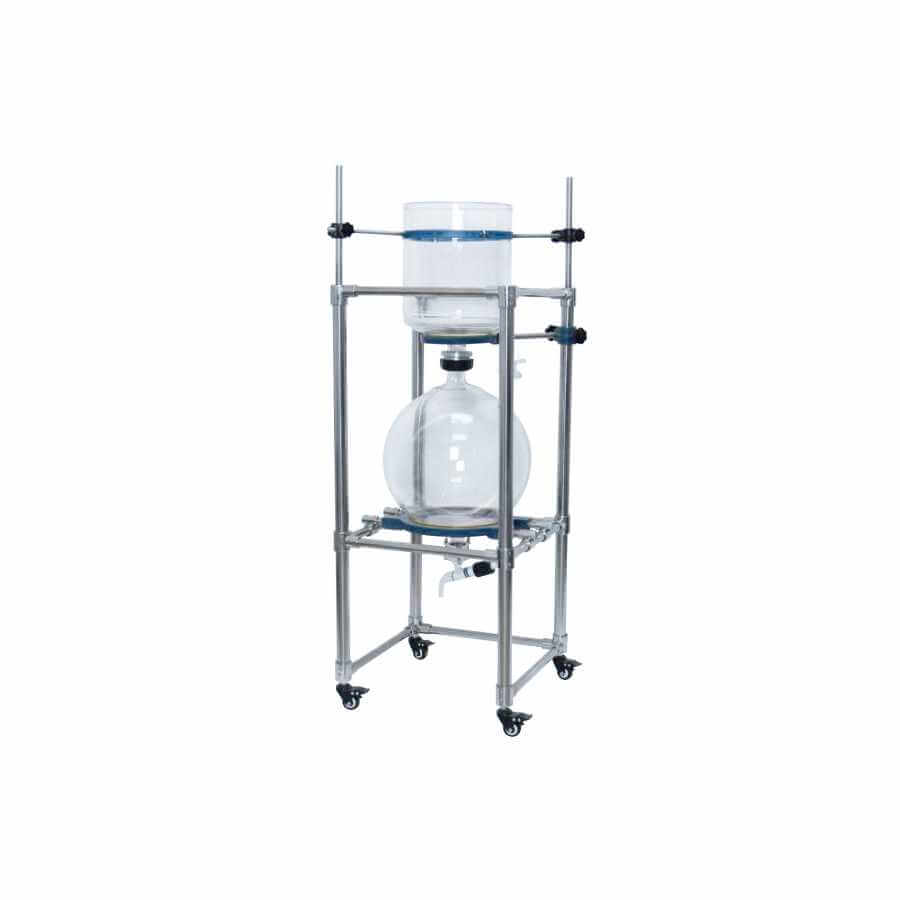

Glass Reactor
Glass reactors: used in chemical reactions, drug research and development, fine chemicals, food manufacturing, and other fields.
Material
glass
Capacity (L)
10-10000+
Mixing system
anchor, paddle, frame and others
Heating system
electric heating, oil heating and others
RUNGYU glass reactors are commonly used biochemical instruments and are widely used in modern fine chemicals, biopharmaceuticals, scientific research and experiments, and other industries. They can be used for concentration, distillation, reflux, separation, and purification reactions under the conditions of constant speed, constant force, and constant temperature. It is an ideal equipment for teaching, experiment, pilot test, and production.
Request a quoteWhen using a glass reactor, in addition to using environmental conditions and starting preparations, you also need to learn how to add liquid (add thermal oil to the glass reactor). Therefore, be very careful when adding liquid to the glass reactor. These are very important for the production steps.

When starting up, check whether the power supply of the glass reactor is installed properly and whether the equipment is well grounded. After checking, after the glass reactor temperature controller is powered on, pay attention to whether the relevant valves of the glass reactor temperature controller are open. To avoid clogging the circulation pump, burning the motor, and causing pipe damage.
When adding liquid and emptying the glass reactor, pay attention to necessary protective measures. Wear rubber gloves, goggles, eyewash, etc., and ensure that the heat transfer medium meets system requirements (temperature range, viscosity, corrosivity, toxicity). It is recommended to check the media to ensure there is no precipitation, no discoloration, and no corrosion. If there is a small amount of sediment, the sediment should be stabilized. When adding heat transfer media, sediment should not be added to the system. When pouring, pay attention to splashing and always pay attention to the sight glass on the side of the equipment to prevent the temperature control machine electrical cabinet from overflowing into the glass reactor, damaging the equipment, and causing pollution. Before adding liquid, check whether the relevant pipes are fully open and whether the equipment’s drain outlet is closed.
Secondly, when adding liquid to the glass reactor, open the sealing cover of the liquid filling hole counterclockwise, insert the funnel, and pour in the heat transfer medium, add liquid until the liquid level reaches the expansion level, open the exhaust valve counterclockwise when emptying, and click on the main touch screen of the device. The control page is cleared. Dosage button. Another point is that when replacing other types of thermal fluid, the thermal fluid circulation must be flushed and there must be no residual thermal fluid.
High and low-temperature control characteristics of glass reactor
1.The touch screen graphic display can clearly display the real-time control of various temperatures, display the liquid level of the heat transfer medium in the system expansion water tank, manually start the refrigeration compressor and automatically start the refrigeration compressor, and set the control jacket and material respectively. temperature. difference and upper and lower temperature limits.
2.Use an electronic expansion valve to control the supply of refrigerant and improve control accuracy by adjusting the number of steps of the stepper motor. All refrigeration and heating temperature control systems can be connected to computers, and the computer screen can be synchronized with the device screen through configuration software.




